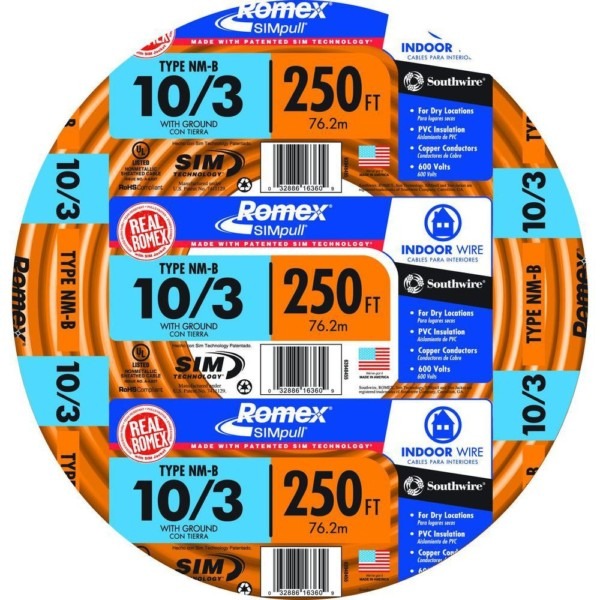
solid wire involves exploring the advantages and disadvantages of the two very different types of wire. Solid Wires: The Key DifferencesĬomparing stranded vs. It is often used for carrying high currents throughout building infrastructure, vehicle controls, and various outdoor applications. This rugged, low-cost wire is resistant to weather, extreme environmental conditions, and frequent movement. It is ideal for outdoor use where more durability and higher currents are required. Solid metal core wire is a much heavier, thicker product than stranded wire. It is often used for indoor applications such as electronic devices, circuit boards, and speaker wires. Stranded wire is more flexible and malleable than solid wire, and it won’t split or sever. Stranded wire is more flexible, making it ideal for connecting electronic components in cramped spaces or for twisting and bending to fit intricate geometries. These thin, bundled wires are compressed and insulated with non-conductive materials.

The following information should help to inform the selection process. Learning more about the difference between the two types of wires will make it easier to determine the best choice for your needs. Some of the factors that may influence the choice between stranded vs. Each has distinct advantages, with the right choice for an application depending on the specific project details.

Solid wires consist of a solid core, whereas stranded wire consists of several thinner wires twisted into a bundle. Solid and stranded wires see frequent use in electrical equipment, such as cable assemblies and wire harnesses. Posted by Consolidated Electronic Team on Ap10:00 am | Comments Off on Stranded Wire vs.


 0 kommentar(er)
0 kommentar(er)
